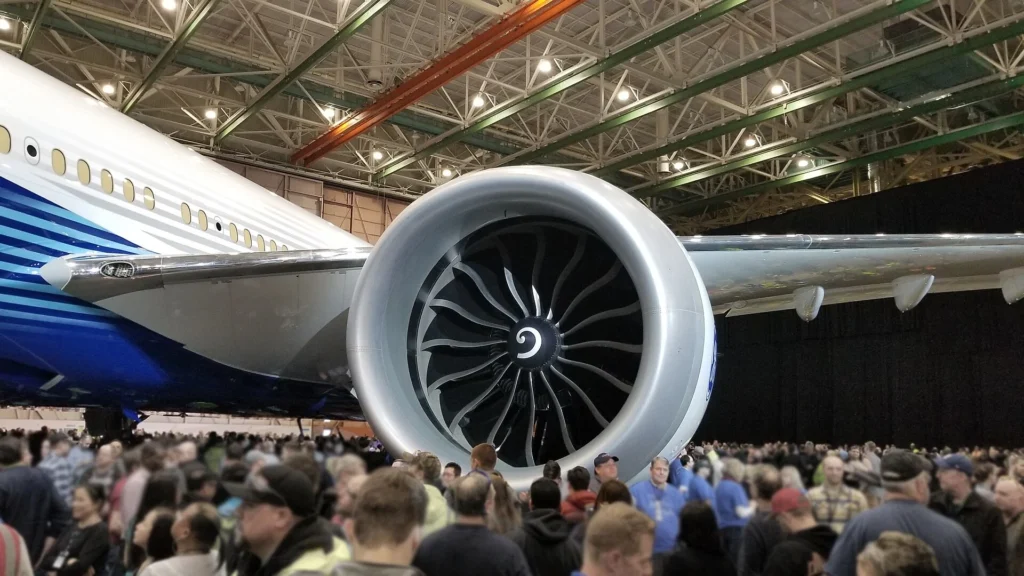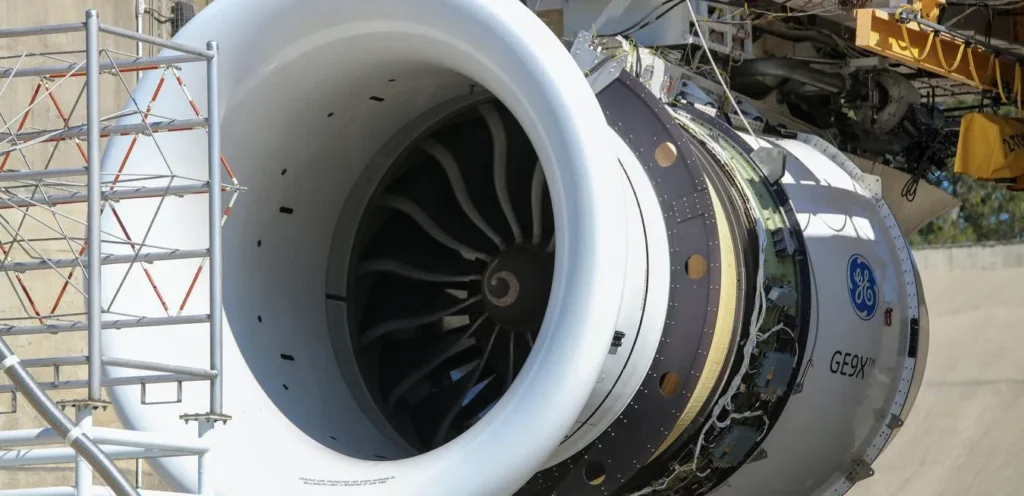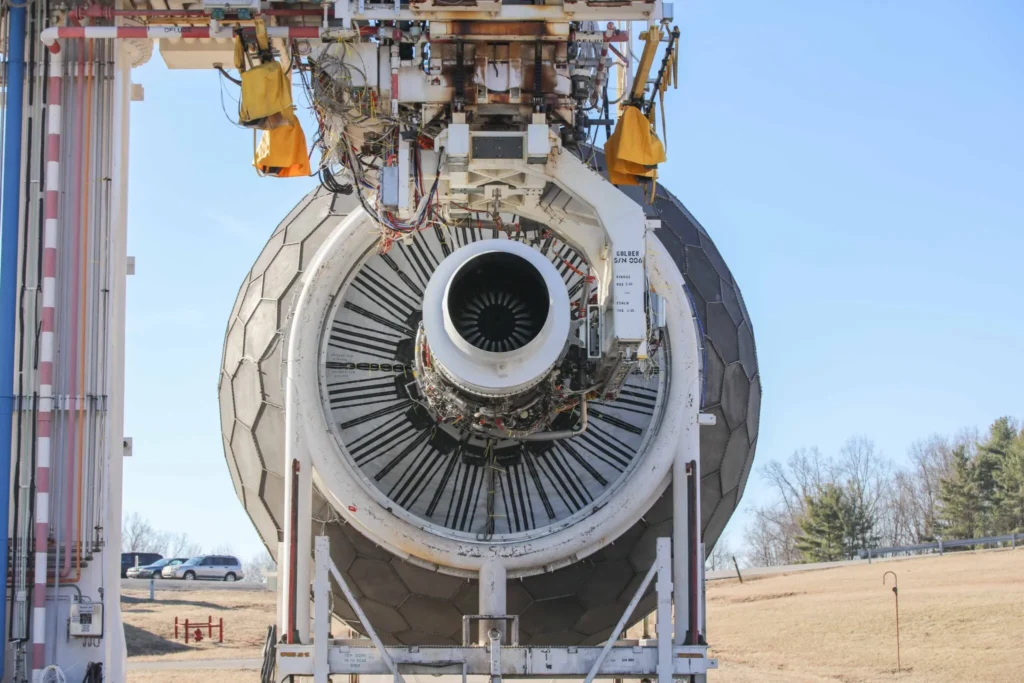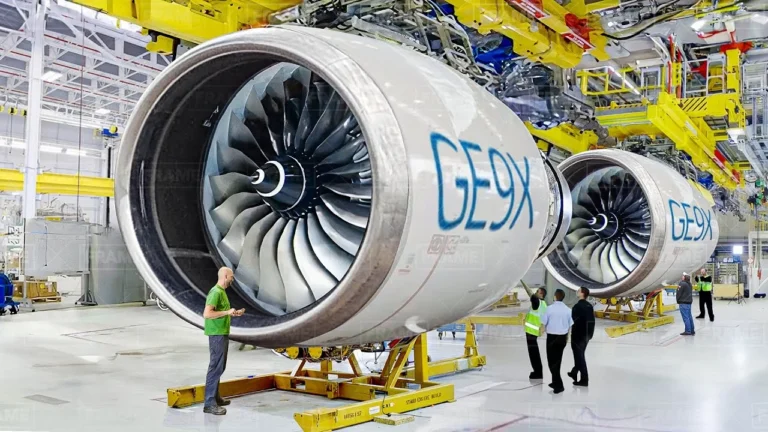BOSTON- GE Aerospace completed its first round of GE9X dust-ingestion tests in 2022. It conducted 1,600 engine-run cycles that revealed no adverse findings.
The company established these tests as part of its preparation for the 105,000 lb-thrust GE9X engine. This engine will power Boeing’s long-delayed 777-9 aircraft scheduled for customer delivery next year.

GE Engine Testing Phase
GE announced on May 28 that it has approached completion of the second round of GE9X dust-ingestion tests, building upon the initial 2022 evaluations.
The GE9X represents the first powerplant GE subjected to dust-ingestion tests before service entry. It reflects the company’s increased focus on durability following reliability issues affecting both GE’s engines and competitors’ models in recent years, as flagged by Flight Global.
GE’s enhanced testing protocols address durability shortfalls that particularly affected power plants operated in dusty and sandy regions such as the Middle East.
The company recently rolled out durability improvement kits for CFM Leap-1A turbofans, which power Airbus A320neo-family jets, consisting of tweaked high-pressure turbine blades and nozzles.
Safran chief executive Olivier Andries noted in 2023 that Leap engines suffered significantly in harsh conditions. This is especially true in the Gulf and India regions.

Design Modifications
GE developed similar improvement kits for Leap-1B engines powering Boeing’s 737 Max aircraft. It also implemented design changes to address dust and sand-induced durability issues affecting its GEnx and GE90 engines.
These modifications involved components including shrouds, nozzles, blades, and combustor linings.
GE senior executive director of research Joe Vinciquerra explained that the company initially lacked understanding of dust material constituents and their interaction with exotic materials systems within engines.

Advanced Testing
GE now recreates dust conditions to conduct experiments and tests that simulate real-world engine environments, enabling engineers to solve durability problems effectively.
The company subjected its GE9X to 27,000 simulated flight cycles and 17,000 hours of operation during development.
GE began shipping production-conforming GE9X engines to Boeing last year and plans to increase production during the second half of this year.
Competitor Responses
GE’s competitors face similar durability challenges, with all companies dedicating increased resources to address these issues.
Pratt & Whitney works through widespread problems with its PW1000G geared turbofan family, while Rolls-Royce develops durability improvements for Trent engine variants.
Rolls-Royce’s durability package for Trent 1000 engines aims to extend high-pressure turbine blade life and double service intervals between maintenance removals, while improvements for Trent 7000s and Trent XWB-97s include redesigned components and combustor optimisation.
Stay tuned with us. Further, follow us on social media for the latest updates.
Join us on Telegram Group for the Latest Aviation Updates. Subsequently, follow us on Google News

